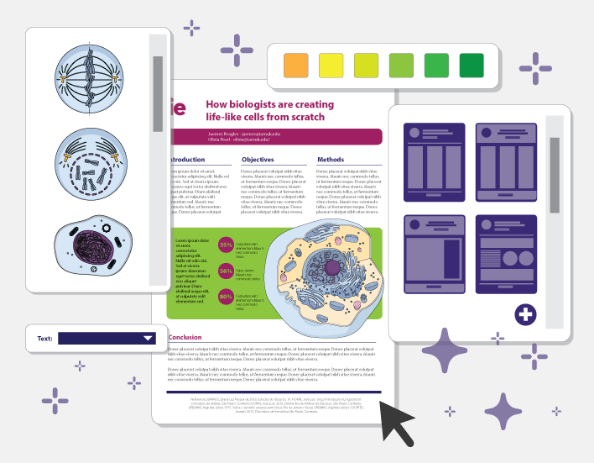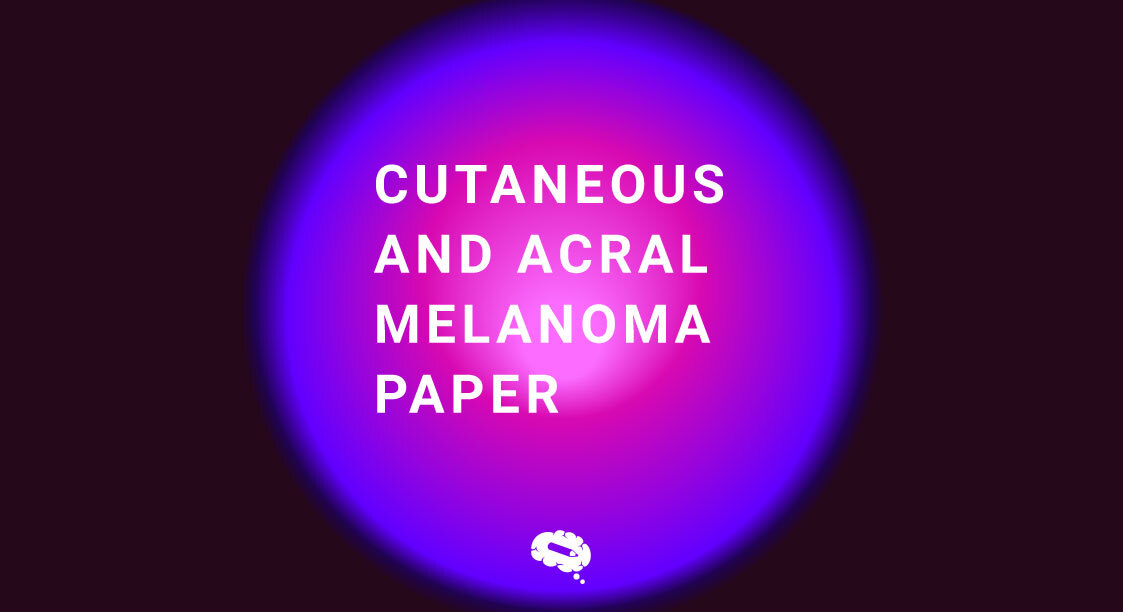For decades, some populations have reported an increase in melanoma incidence worldwide. The neoplasm of melanocytes in the skin, mucosa, or uvea is known as melanoma. In spite of its 5% representation in all cutaneous malignancies, it is responsible for more than 75% of all skin cancer deaths.
Although the positive association between UV exposure with melanoma development is well known, the underlying epigenetic mechanisms are largely unexplored in human melanoma tissues. This article will discuss the prognostic cancer driver related to pathobiology and ultraviolet exposure, along with the author’s insights on the aforementioned topic.
Aim of the study
Using two independent cohorts of cutaneous melanoma patients, they aim to discover and validate genome-wide methylation alterations linked with UV mutations. A key objective is to investigate the diagnostic potential of DNA methylomes versus transcriptomes and integrated methylome-transcriptomes for distinguishing between UV-mutant and non-UV-mutant cutaneous melanomas.
Using an integrative OMIC approach, the small nucleotide variants (SNVs) and copy number variants (CNVs) of prioritized differentially methylated genes are assessed for cancer driver potential. This research is further supported by another that examines whether DNA methylomes can distinguish pathological and UV-related differences between prominent melanoma variants that are associated with exposure to UV light (cutaneous melanoma) and those that are not (acral melanoma). The diagram in the paper shows what the study’s goal and process are. The graphical representation was created using Mind the Graph.
Considering the study in detail
In clinical biospecimens, UV radiation (UV) has been linked to cutaneous melanoma, but epigenetic mechanisms underlying these mechanisms are yet to be determined. A multi-ethnic cohort of 112 cutaneous melanoma cells was included in this study for clinical, epigenome (DNA methylome), genome, and transcriptome profiling. In this study, they identify UV-induced changes in immunological and regulatory pathways that can be cancer drivers across multi-OMICs.
In addition to being the most critically involved gene, TAPBP (Tap binding protein gene) is critically involved in immune function, with several UV-altered methylation sites that have been validated by targeted sequencing providing clinically applicable opportunities. MHC-I interacts with the transporter associated with antigen processing through TAPBP, a member of the immunoglobulin superfamily. A number of cancers have shown downregulation of the TAPBP (tapasin) protein, which is restored after cytokine exposure.
This suggests that deficient TAPBP expression might be caused by dysregulation rather than structural changes. The researchers found that DNA methylation levels of TAPBP are significantly inversely related to transcription and that the latter is altered as a result of UV exposure rather than melanoma pathological identity. Neither non-UV-mutant cutaneous nor acral melanomas were found to be differentially methylated.
Aside from the findings centered on TAPBP, they found that UV mutations are associated with an array of epigenetic alterations that affect cutaneous melanoma’s methylome. The results indicate that cutaneous melanomas, whether they are UV-mutant or non-UV-mutant, may need to be classified separately even though they are believed to share the same pathological/cellular origin. This is because the epigenomic landscape they are derived from can contain both markers of exposure and cell lineage.
Multiple powerful technologies were applied to cutaneous and acral melanoma samples in this study, including WGS, WES, RNA sequencing, and DNA methylome-wide profiling, along with state-of-the-art bioinformatics tools. The researchers used publicly available data and complemented it with new datasets, which included larger sample sizes, a wider genomic coverage, comprehensive phenotypic assessments, well-preserved frozen tissue samples, and evaluation of melanomas besides cutaneous and ethnicities other than Europeans.
This work resulted in the following outcomes
(1) Discovering biomarkers that can be used to stratify cancer risk;
(2) Improved classification of melanoma types within and between them;
(3) Identify molecular drivers that might be responsible for melanomagenesis, which can be targeted in therapy;
(4) Increasing knowledge about melanoma pathobiology to reduce population disparities.
This study provides a roadmap for similar gene-environment investigations in other types of melanoma and covers both common and less frequent melanomas.
A more effective way to communicate accurate scientific information
It is very interesting and easy to understand this research paper, mainly because of its beautiful graphical illustrations. The graphs were created using the Mind the Graph tool. A graphic illustration can benefit the reader in a variety of ways. You can try leveling up your research by signing up at Mind the Graph for free and trying your first scientific figure.
Do not forget to check out our article “Scientific illustration: The key to a world of visual science“.


Subscribe to our newsletter
Exclusive high quality content about effective visual
communication in science.






